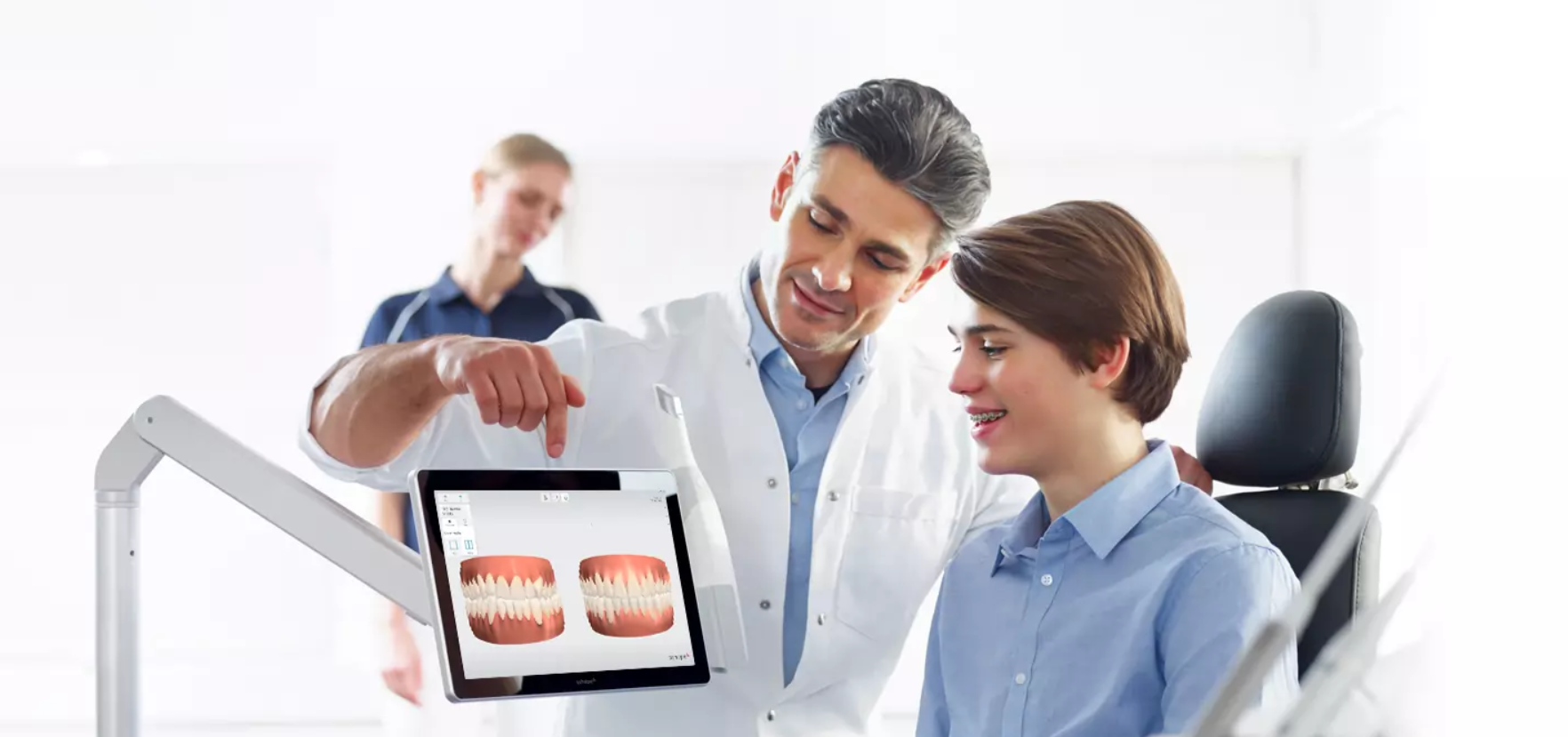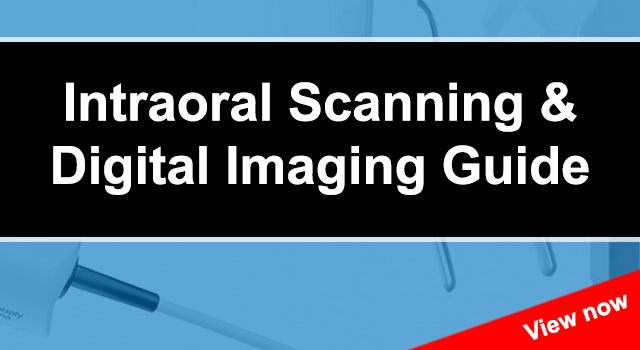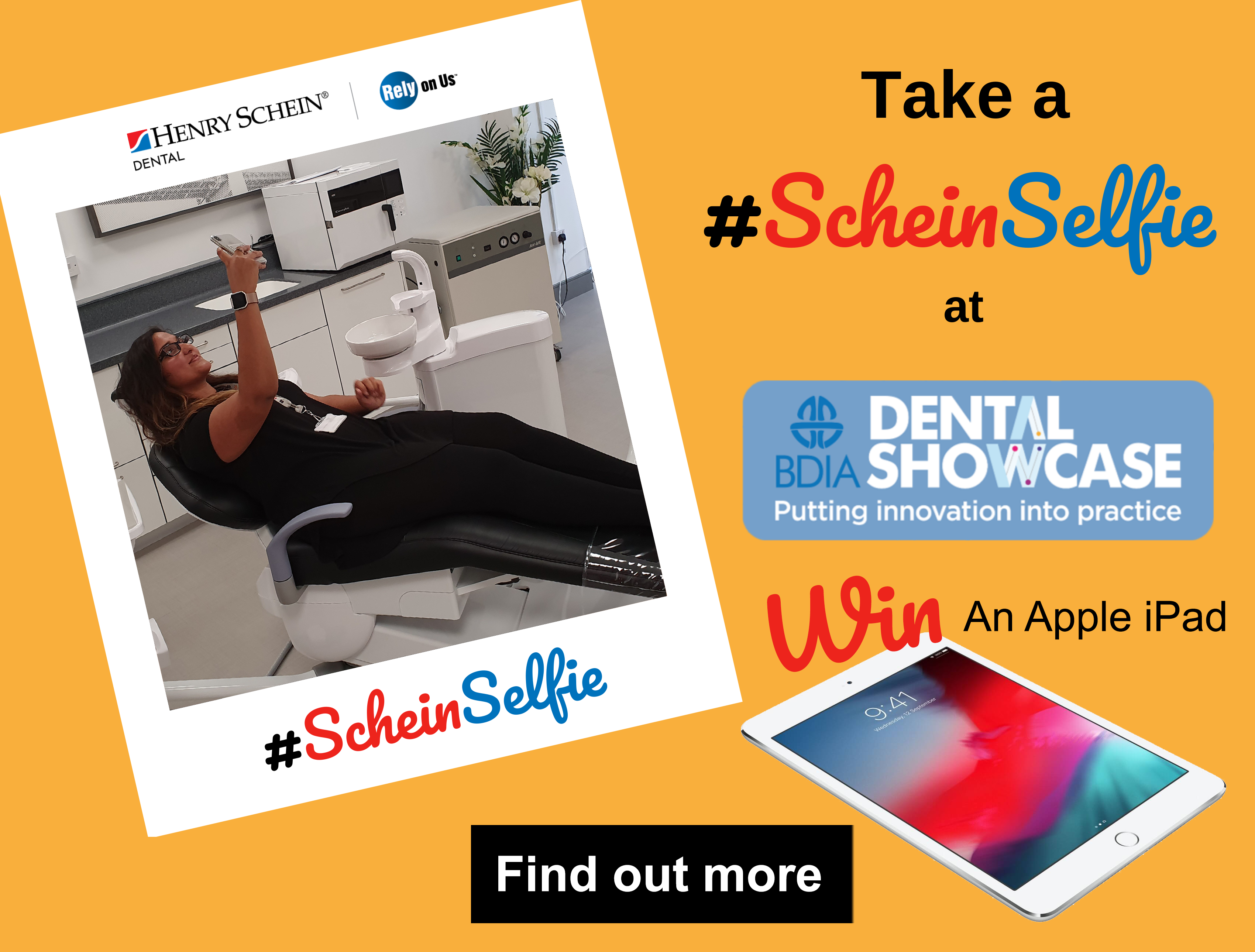Our digital imaging and intraoral scanning guide has been released. Like our previous 3D printing…

Orthodontic treatment made faster and more predictable with digital scanning and design
Jason Longden, ConnectDental Manager at Henry Schein Dental, sheds light on another digital pathway, this time leading straight to faster, easier and more reliable orthodontics.
The conversation around digital dentistry to-date has largely been around the benefits it brings to restorative treatments and implant surgery, and there’s little doubt that the latest generation of digital dental equipment delivers unprecedented levels of accuracy, safety and predictability to these areas of dentistry.
Digital intraoral scanners now produce precise virtual models of the patient’s dentition, which make diagnosis easier and treatment planning more predictable. The replacement of conventional impression-taking, with its associated discomfort, therefore provides a more pleasant and faster experience for the patient. The scanning process itself is easy and flexible and delivers accurate 3D scans in a matter of minutes, thus allowing the clinician to move on to treatment planning within a much shorter timescale.
CADCAM software imports these scans and immediately provides a number of functions with which to explore the anatomy of the patient’s mouth, ensuring more accurate treatment decisions.. This includes the ability to ‘virtually trial’ different treatment solutions before even touching the patient’s teeth, meaning the outcomes of restorative and implant treatments are more likely to meet patient expectations.
More recently, the benefits of digital dentistry have permeated through to other areas of dentistry, for instance in the area of orthodontics. Notable examples of this are Dentsply Sirona’s CEREC® and 3Shape’s TRIOS® Orthodontics, which now integrate with a number of orthodontic solutions, such as Invisalign®.
Safe, guided scanning
CEREC Omnicam and 3Shape TRIOS are both top-of-the-range digital intraoral scanners, which scan quickly and accurately and, in conjunction with in-built software that actively guides the operator from start to finish, ensuring that all areas of the mouth are captured. As the scan proceeds around the arch, the software seamlessly stitches together a full image and informs the user if there is any data missing, then registers the occlusion and bite.
Detailed assessment of the clinical situation
The detail, precision and realistic, full-colour rendering of the scan allows the clinician to obtain the best possible view of the clinical situation. Functions such as the on-screen 360˚ rotation of the model allow full access to all areas of the dentition and the 3D scans can also be merged with additional patient data like 2D surface scans and DICOM images, putting all the necessary information at the clinician’s fingertips and enabling accurate assessment.
Virtual treatment trials and better patient communication
The integrated orthodontic planning software available with these intraoral scanners allows the clinician to trial and compare different treatment options, such as simulating extractions or interproximal reductions and trying out solutions on virtual articulators. This digital simulation of all the options gives clinicians great levels of control and predictability when determining the optimal treatment plan.
The software also improves patient communication and treatment acceptance by enabling the clinician to talk through the different options available, whilst showing a virtual model of the intended results on-screen. A fully-informed patient who is confident about the treatment plan becomes a cooperative and willing partner in what can sometimes be lengthy orthodontic treatment, leading to more successful outcomes.
Immediate file transfer and faster turnaround times
Once the treatment plan has been agreed, the open format of files output by the orthodontic software enable immediate transfer of files to a digitally-enabled laboratory and fast turnaround times. The absence of physical impression models also frees up much-needed office space and personnel resource, resulting in a more efficient, streamlined practice set-up.
A logical addition to your digital portfolio
If the practice is already digitally enabled and has digital scanning and CADCAM equipment, integrating digital orthodontic software is an easy, cost-effective next step. It’s also future-proof, as regularly-released software updates will keep the equipment up-to-date for years to come.
If you are yet to embark on your digital journey, but have an established orthodontic offering in place or wish to start one, investing in an intraoral scanner and compatible orthodontic software is the ideal place to start.



